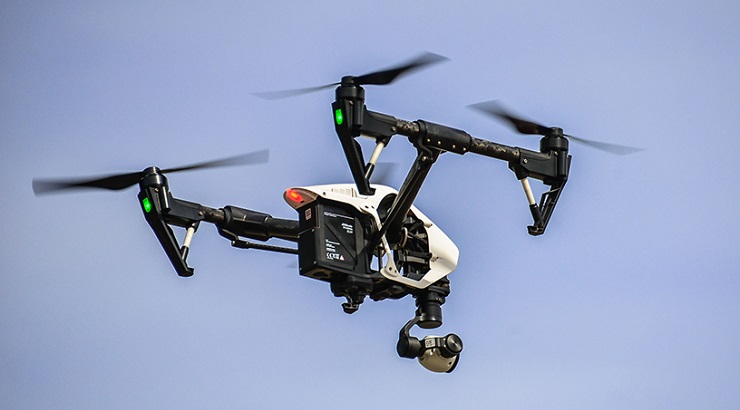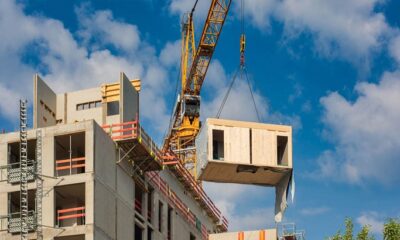Innovation
Kenyan Builders Can Now Use Drones for Remote Site Survey
KCAA is now charging a levy for owning and operating drones.

The Kenya Civil Aviation Authority (KCAA) has introduced levies for owning and operating drones in Kenya following the operationalisation of the Unmanned Aircraft Systems Regulations 2020 on March 15.
KCAA director general Gilbert Kibe said the gazettement of drone regulations in Kenya has ushered in a new era in the local aviation field by opening up the sector to inventions.
“Innovations in [drones] have been accelerating at such an exponential rate. The capabilities of this technology are limitless — such as filming movies, documentaries, sports, wedding and delivering medicines,” Mr Kibe said.
Construction is one of the key beneficiaries of the law allowing flying of drones in Kenya. The unmanned aerial vehicles are already transforming the way the industry operates.
Primarily used for bid process preparation, site planning, progress tracking, and construction site risk mitigation, drones have been found to be very instrumental in enhancing site safety and data collection, as well as promoting cost savings.
“Drones have become the go-to tool for construction firms to track, map, survey, inspect, and manage worksites more efficiently and safely,” says Dan Burton, founder of DroneBase, a San Francisco drone pilot network that supports construction enterprises.
“Through aerial imagery and data, builders can map projects, report progress updates and gain insights through advanced analytics to make better, faster and more reliable decisions.”
Types of drones used in construction
Commercial Unmanned Aircraft Systems (UAS) are the standard types of drones used in construction. They usually come in various models – some fitted with fixed wings while others have rotating blades.
With their aeroplane-like design, fixed-wing drones can sail on a set path and reach higher altitudes, making them ideal for mapping topography and surveying. However, they are incapable of flying backwards, which makes them unsuitable for closer aerial inspections.
READ: How drones are changing construction industry
Rotary drones are best for closer aerial inspections and photography since they can fly backwards and are easy to control. Their design allows them to hover and remain steady.
Drone registration in Kenya
Individuals and organisations importing drones into the country are required to pay an importation fee of Sh3,000 and a similar amount to register their device with KCAA.
To fly a drone in the Kenyan airspace, pilots will be required to obtain a Remote Operators Certificate that will be issued for Sh80,000 and whose annual renewal cost is Sh50,000. Sellers of drones and those operating drone training academies will pay similar fees.
Who can own drones in Kenya?
Only Kenyan citizens, residents, companies, and country and national governments are allowed to own a drone in Kenya. Foreigners can only lease the devices locally.
The Unmanned Aircraft Systems Regulations 2020 provides for a 30-day permit that is issued to travellers at a cost of Sh20,000. In addition to the permit, foreigners also need an airworthiness certificate that costs Sh5,000.
Other charges range between Sh2,000 and Sh5,000 for services and certifications such as “Beyond visual line of sight” and “Radio telephone exam”.












